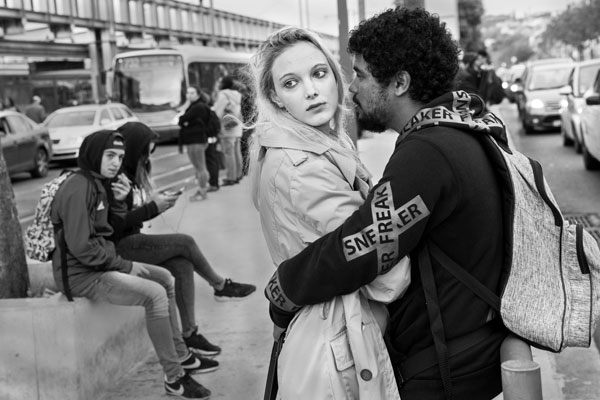Framing Streets Things To Know Before You Get This
Framing Streets Things To Know Before You Get This
Blog Article
Getting My Framing Streets To Work
Table of ContentsWhat Does Framing Streets Do?Get This Report on Framing StreetsFraming Streets Can Be Fun For EveryoneSome Known Facts About Framing Streets.Framing Streets Fundamentals ExplainedFraming Streets for Beginners
Photography category "Crufts Dog Program 1968" by Tony Ray-Jones Road digital photography (likewise occasionally called honest photography) is photography carried out for art or questions that features unmediated opportunity encounters and random occurrences within public locations, typically with the aim of capturing images at a definitive or poignant moment by cautious framing and timing. 
Indicators on Framing Streets You Need To Know
Susan Sontag, 1977 Street digital photography can concentrate on people and their behavior in public. In this respect, the street digital photographer is similar to social documentary professional photographers or photojournalists that also operate in public areas, however with the goal of recording relevant events. Any of these digital photographers' images might capture people and home noticeable within or from public areas, which typically requires navigating moral problems and regulations of privacy, security, and home.
Depictions of daily public life develop a category in practically every period of world art, beginning in the pre-historic, Sumerian, Egyptian and very early Buddhist art durations. Art dealing with the life of the road, whether within sights of cityscapes, or as the leading theme, appears in the West in the canon of the North Renaissance, Baroque, Rococo, of Romanticism, Realistic look, Impressionism and Post-Impressionism.
The 9-Minute Rule for Framing Streets
Louis Daguerre: "Blvd du Temple" (1838 or 1839) In 1838 or 1839 the first photograph of figures in the street was tape-recorded by Louis-Jacques-Mand Daguerre in one of a pair of daguerreotype sights taken from his studio window of the Boulevard du Holy place in Paris. The second, made at the elevation of the day, shows an uninhabited stretch of road, while the other was taken at regarding 8:00 am, and as Beaumont Newhall reports, "The Boulevard, so continuously filled with a Look At This moving crowd of pedestrians and carriages was completely solitary, other than a person who was having his boots combed.
, that was influenced to undertake a similar paperwork of New York City. As the city created, Atget helped to advertise Parisian streets as a worthwhile topic for photography.

Framing Streets Things To Know Before You Get This
Andre Kertesz.'s extensively admired Images la Sauvette (1952) (the English-language version was titled The Definitive Minute) promoted the concept of taking a picture at what he labelled the "decisive moment"; "when form and web content, vision and make-up combined right into a transcendent whole" - Street photography hashtags.
Some Known Questions About Framing Streets.
The recording maker was 'a hidden electronic camera', a 35 mm Contax hidden below his coat, that was 'strapped to the breast and linked to a long cable strung down the ideal sleeve'. Nevertheless, his work had little contemporary effect as because of Evans' sensitivities regarding the originality of his job and the privacy of his subjects, it was not published until 1966, in guide Numerous Are Called, with an introduction composed by James Agee in 1940.
Helen Levitt, then a teacher of little ones, related to Evans in 193839. She documented the temporal chalk illustrations - Sony Camera that became part of children's road culture in New York at the time, along with the youngsters who made them. In July 1939, Mo, MA's new digital photography area included Levitt's operate in its inaugural exhibitRobert Frank's 1958 publication,, was significant; raw and often out of emphasis, Frank's images examined mainstream digital photography of the time, "tested all the formal rules put down by Henri Cartier-Bresson and Pedestrian Evans" and "flew in the face of the wholesome pictorialism and genuine photojournalism of American magazines like LIFE and Time".
Report this page